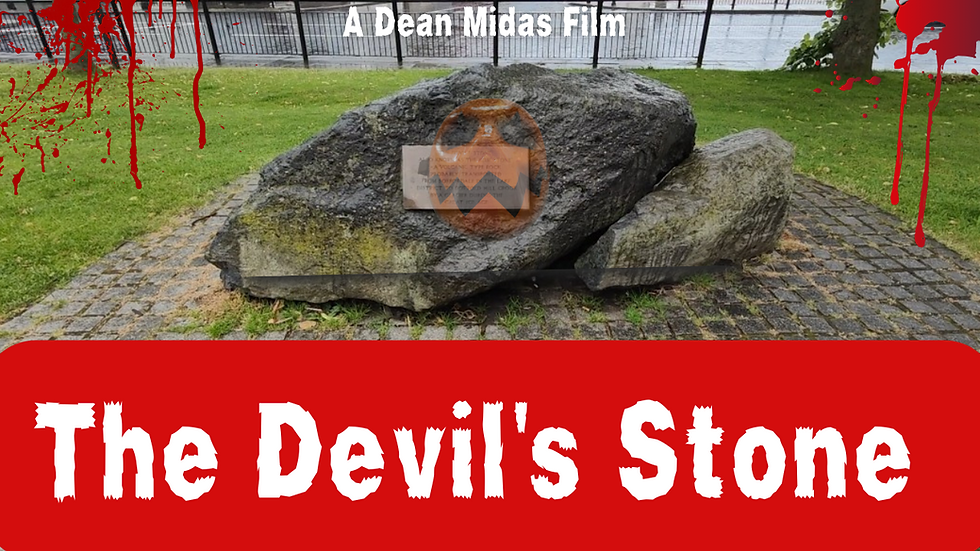Pre-Raphaelite Knights: Reinventing the Medieval World At Bowes: An Interview With Dr. Howard Coutts
- Darkus
- Oct 16, 2020
- 3 min read

Joan Of Arc by Gabriel Rossetti
As we evaluated from Newcastle's Laing Art Gallery’s victorious show Enchanted Interior and with more knowledge available to us than ever, we are able to take art from other times and places to shine a fresh light on it; our learning is constantly evolving. Bowes Museum, to honour founders Josephine and John's boundary pushing zeal, strives to offer a spectrum of artistic and cultural encounters and promises to create a modern approach in their delivery, to which they achieve in spades. Current exhibition Pre-Raphaelite Knights: Reinventing the Medieval World reveals how the Victorians imagined the world of fairy tales, fantasy, myths, and legends.
Curating a collection from prestigious galleries in the UK, such as Tate and The Fitzwilliam, it captures maidens in distress, knights in armour, and saints and chivalry, cloaked with a pink tinge of romance and fantastical energy. The Pre-Raphaelite movement consisted of a private, creative brotherhood that rebelled against the likes of Italian Renaissance leader Raphael as they would not accept his unrealistic approach in art. To find out a little more, we had a talk with Dr. Howard Coutts about his involvement in the project.

An Artists Dream by John Anster Fitzgerald
With interest and devotion, Dr. Coutts earned a distinguished qualification in his field: a degree in History and History of Art from Cambridge. He comments, “This was followed by nine year’s work as a curatorial assistant in the Victoria and Albert Museum, giving me a good overall knowledge of the decorative arts (and their links to fine art) as well.” Obviously the right man for the job, he was invited on board with the Bowes' show Pre-Raphaelite Knights: Reinventing the Medieval World: “I was the chief curator and organiser (selector) for the director's idea of doing an exhibition on the Pre-Raphaelites, but it was my colleague Bernadette Petti came up with the concept of dividing the exhibition into four themes – Chivalry, the Sacred, Femininity, and National Identity.”
The Pre-Raphaelite Brotherhood was a group of sprightly young British creators who formed their society in 1848 to revolt against what they saw as fake and uninspiring paintings of history. We understand that the assembly was a hushed, dusky secret. Howard illustrates further, “The Pre-Raphaelites constituted an organised opposition to the Royal Academy’s methods of teaching a standard type of old master painting, where new paintings already looked as if they are already covered in brown varnish!” One of their dislikes was Raphael’s unnatural style. “Raphael aspired to a neo-classical ideal, where all figure types -saints, madonnas, and portraits - looked like Greek gods and goddesses with idealized regular features,” Dr. Coutts declares.
Although the pieces that are in the exhibition are based on fact, they also own a slice of fiction adding to an atmosphere of fantasy. “The subject is a mixture of history, literature, and social and religious belief. For instance, King Arthur and/or St. George were possibly historical figures, but definitely literary and national figures in Britain in the 19th century.” Our expert adds what kind of artefacts we can expect to discover in the show, which includes a painting by Millais and illustrated editions of books by William Morris: “People can see paintings, drawings, watercolours, ceramics, books, even a sword and two suits of armour in the exhibition.”

Bowes Museum
Nearing our conclusion, Howard reflects on a element of the show that he holds most dear: “A group of Rossetti watercolours on loan from the Tate, which create a wall of intense colour, like a stained glass window.” And finally, with the public able to attend until November 8th, he uncovers why we should all go along and investigate ourselves. “The public should visit this exhibition to gain a different experience to everyday life, with an emphasis on historical and distant worlds. A visit to the Museum gives people a chance to relax, explore the amazing collections, and escape for the day.” Give it a whimsical whirl, and never in secret...
Article by Beverley Knight
.png)



Comments